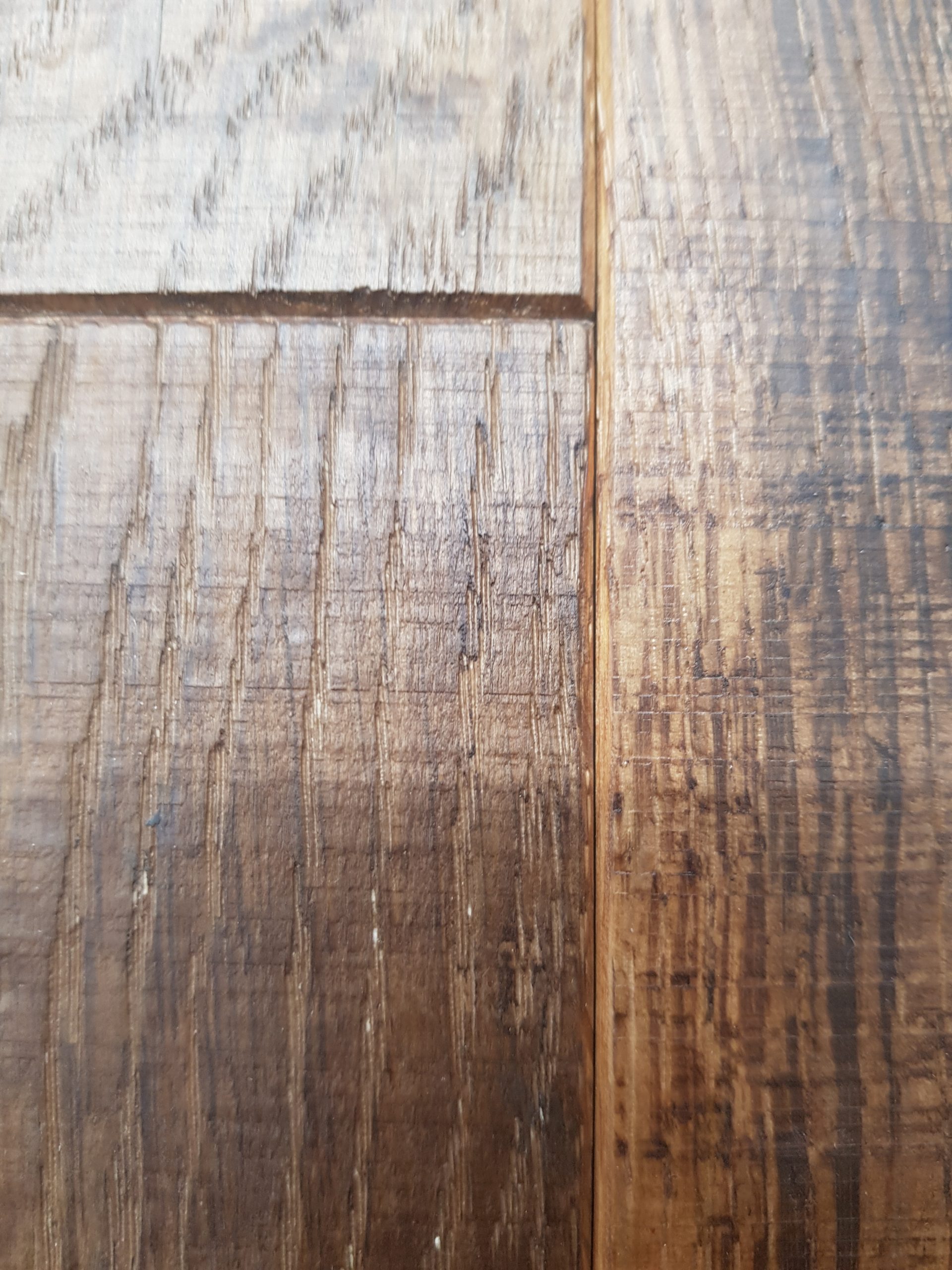
Apart from being really beautiful and classy, hardwood floors are very durable, last long and can even be really affordable these days. At the planning stage of your wood flooring project, it’s advisable to devote some time to look at flooring not only online or in showrooms, but also in shops, restaurants or homes you visit. By focusing on wooden floors that you see in your daily life, you will develop a liking for certain elements and will learn what elements are definitely not for you.
Among the elements you may focus on is the edge of the boards you will pick. Top two most popular edges of wood flooring boards are flat and bevelled. Yet, a definitely more frequent one in the case of hardwood flooring is a bevel. You may wonder why hardwood floors usually have a bevel. There are several reasons for that:
- Firstly, it has to do with differences in the method of production. During the process of manufacturing wooden floor boards there are numerous aspects which influence the end product and the total cost. In general, the cost of longer and wider boards is higher. However, the cost also depends on the edge of the board. In the case of flat-edged boards, the flooring is more expensive – all due to a more precise manufacturing method they require so as to make sure their edges are regular and perfectly square. Due to applying this approach based on precision, manufacturing costs of such a floor are higher, and these of course need to be passed on to the buyer.
- Secondly, it is due to various requirements related to installation. Flat-edged boards require much more accuracy while fitting. Even slight differences in terms of level or small errors during fitting will be more noticeable in the case of flat boards. On the contrary, while installing bevelled boards a higher degree of error is admissible, and even if the floor is not perfectly level, it will not be that noticeable. This is why bevelled boards are a frequent choice among both professionals and DIYers. When picking this option you can usually leave your subfloor as it is, without having to relevel it. Additionally, you can also work faster and get an outstanding final result.
- Thirdly, bevel guarantees protection of your hardwood flooring. Even though it may sound odd, the bevels in wood flooring are a sort of protection for the floor. Regardless of how precisely you and your family wipe your feet before getting into your home, your shoes will not be perfectly clean, allowing some dirt and grime get into the house from outside. A huge advantage of bevelled flooring is that the bevel serves the function of a reservoir for all the grime, which would otherwise be left on the surface of the floor. Therefore, the dust and grime are accumulated in the bevel until the next time you clean the floor. So, it helps you avoid damage to the surface of your floor, preventing scratching, dents or chips.
The next important reason is look. Obviously, bevel-edged floors look totally different than flat-edged flooring. The latter one has a very uniform look, looking almost as if it was made up of a single piece of timer, whereas in the case of bevel-edged flooring the start and finish of each board are marked out, making the flooring much more interesting. However, this is all a matter of individual likes and dislikes, so in this respect the choice fully depends on your personal preferences.
| Mon-Fri | 8:00AM – 5:00PM |
| Saturday | 10:00AM – 4:00PM |
| Sunday | 11:00AM – 3:00PM |





.svg)
.svg)